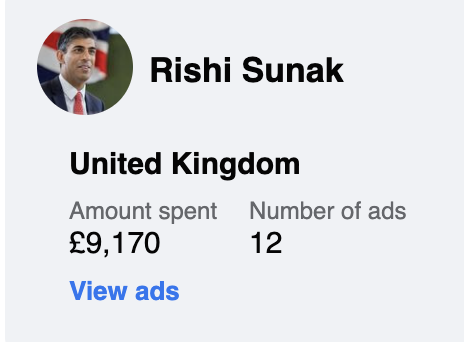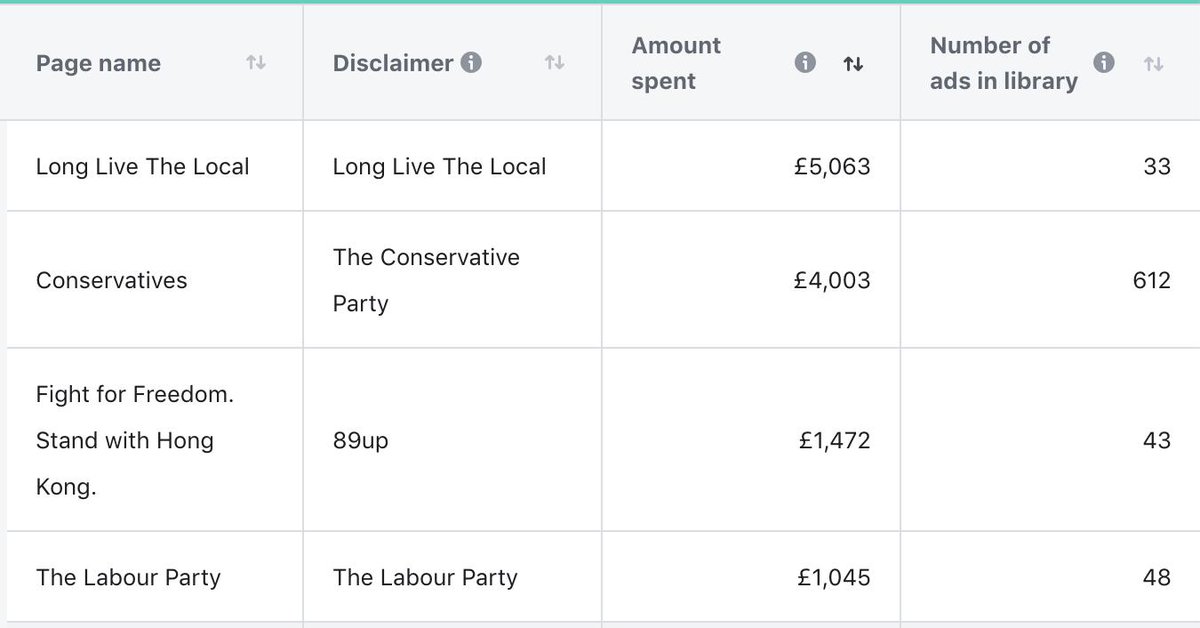
On political ads, transparency and what's right for democracy. Download our browser extension https://t.co/2OUFa5I2fG to get involved.
How to get URL link on X (Twitter) App


https://twitter.com/WhoTargetsMe/status/1806068059540541586
 Automating this stuff can come at a cost. (The full name of the village is "Broughton-in-Furness").
Automating this stuff can come at a cost. (The full name of the village is "Broughton-in-Furness"). 

 This is how much the Conservatives have spent on ads from "Rishi Sunak" in the last 30 days, versus from their main party page.
This is how much the Conservatives have spent on ads from "Rishi Sunak" in the last 30 days, versus from their main party page. 

 @brexitparty_uk The @LibDems also say ‘Brexit’ (as in, stopping it) a lot, along with ‘brighter’ (as in, future), and ‘vote’ (as in, for the Liberal Democrats).
@brexitparty_uk The @LibDems also say ‘Brexit’ (as in, stopping it) a lot, along with ‘brighter’ (as in, future), and ‘vote’ (as in, for the Liberal Democrats).



 The ads are a bit of a mixed bag in terms of what they’re trying to get people to do.
The ads are a bit of a mixed bag in terms of what they’re trying to get people to do. 